If you have missed the launch of the Canon EOS R5 mirrorless full frame camera, you have lived under a rock for at least a year. Or perhaps you aren't interested in new cameras. The Canon EOS R5 is the most advanced Canon mirrorless camera on the market. Canon Netherlands gave me one for a week to make an extensive review.
Meet the Canon EOS R5, the flagship of modern mirrorless cameras with the latest techniques and options available on the market. It is the successor of the Canon EOS R and EOS RP, which are the first full frame mirrorless cameras Canon released. The Canon EOS R5 can't be compared, though. It is a professional model with the features most professionals would like to have.
The first feature that comes to mind is the double card slot, which was missing in the first two full frame mirrorless Canon cameras. The sophisticated autofocus system and the in-body image stabilization system are a welcome feature also, of course, although the latter might not be the most important feature for some photographers.
Filming With the Canon EOS R5
There has been much discussion about filming with the Canon EOS R5. It has the ability to film with an 8K resolution and 30 frames per second. The amount of data generated is so much it leads to serious heat build-up. The latest firmware update changes the way how the camera deals with the temperature control and thus improved the experience greatly.
I don’t want to go into depth about filming with the Canon EOS R5. There wasn’t enough time in one week to dive into it, and I wanted to see how the camera performed from a photographer's point of view. The only thing I would like to mention is the change in the film menu Canon made. It is much improved compared to the menu I have seen in the Canon EOS 1D X Mark III.
The Looks
The design of the Canon EOS R5 is very similar to the Canon EOS R model. But there are a lot of differences also. The infamous touch bar of the Canon EOS R has been replaced with the more traditional Canon button layout, joystick, and rotation wheel. The four buttons on the left side are gone because of the articulating LCD screen. Some of these buttons have a different, perhaps better location. The buttons on the top side are gone also. These functions, like white balance, autofocus, and ISO settings can be changed when pressing the M-Fn button.
The Canon EOS R5 has a nice but small square screen that shows the camera settings. The information is divided into two different pages. You can change the page by pressing the light button. Holding down the button for a second will change the screen from black to white.
The PSAM wheel is missing. You can change the PSAM settings by pressing the mode button. This is a big difference compared to the Canon EOS 5D Mark IV. I prefer the PSAM wheel over the mode button, but this is a matter of getting used to it. The on-off switch is quite prominent, which turned out to be very handy after using the camera for some time. It is very easy to use it, which can help to extend battery life.

The layout is much like the Canon EOS 5D Mark IV. There is no touch bar anymore, which is a good thing .
The Canon EOS R5 has three rotation wheels that can be programmed to your needs. I like to use it for changing the aperture, shutter speed, and ISO level. It offers a very quick way to change settings. With the control ring on the lenses, there is a fourth wheel available. All wheels and buttons are well placed and have a nice feel. I had no difficulties finding the buttons on touch. The less important buttons are recessed, which makes it easier to distinguish these buttons without having to look at it while photographing.
The Menu and Customization Possibilities
I have seen and worked with almost every camera brand on the market, and I think the menu structure of Canon EOS cameras is one of the best there is. The Canon EOS R5 has the same menu structure with the special mirrorless options added. As mentioned before, Canon has improved the film menu, making it more logical and easier to understand.
Extra options among others are the possibility to customize the electronic viewfinder information, the type of shutter, and focus peaking. The menu also offers a great level of customization. Nearly every button and wheel can be changed to your own needs. The flexible My Menu gives the ability to gather most used menu functions for easy and quick access, divided over multiple tabs if needed.
It is possible to operate the camera completely through the touchscreen. It is also possible to change the focus point while peering through the electronic viewfinder, just by swiping over the screen. It is a much easier way compared to the joystick. The latter can be used also for changing the focus point. Canon now offers the possibility to change the sensitivity of the joystick, making it much more efficient to use compared to the Canon EOS 5D Mark IV.
Unfortunately, there is no optical sensor in the AF-ON button like the Canon EOS 1D X Mark III has. I really love that smart controller, and I wish Canon had incorporated this small gem. Using the touchscreen to change the focus point works very well also, but you need to take your thumb off the AF-ON button. (read my review about the Canon EOS 1D X Mark III)
The Canon EOS R5 Versus the Canon EOS 5D Mark IV
I have used the Canon EOS 5D Mark IV for many years. I truly love the design of that camera, the way it handles, and the results it produces. It has been the favorite camera for my photography, even after I had the opportunity to test and review a lot of other cameras from Sony, Olympus, Nikon, Fujifilm, Leica, Hasselblad, and Panasonic.
The Canon EOS R5 feels like the mirrorless version of the Canon EOS 5D Mark IV, with a lot of improvements that have become possible because of the mirrorless system. Fortunately, Canon has kept the ergonomics, which resulted in a smaller camera body, but not too small. It is only a little bit smaller and lighter, and I love it.
At first, the built quality of the Canon EOS R5 appears less robust compared to the Canon EOS 5D Mark IV. But appearances are deceptive. I have used the Canon EOS R5 intensively next to the Canon EOS 5D Mark IV during two weddings, and I didn’t felt the need to be more careful with the camera at all.
The Canon EOS R5 and the BGR-10 Battery Grip
Canon gave me the battery grip BGR-10 also. It gives the possibility to use two batteries and offers a second set of buttons and wheels for shooting in a vertical position. The size of the battery grip makes the camera bulkier and much heavier. This is inevitable, of course.
The BGR-10 grip is a bit longer compared to the camera body, something you don’t notice until you look at it. It handles well when using it in a vertical position. Although it eliminates the benefit of a smaller and lighter camera body, it might improve handling when using large and heavy tele lenses. I decided to use the camera without a grip.
Autofocus Performance
The Canon EOS R5 makes use of Dual Pixel CMOS autofocus, divided over 100% in the horizontal direction and 90% in the vertical direction. It has 5,940 autofocus points, and there is an amazing eye autofocus option, face autofocus, and body autofocus. The eye autofocus works with humans and animals, and you can set priority or let the camera choose. The touchscreen enables you to change the autofocus point to another person if needed.

Eye AF works amazingly well. With the touchscreen, it is easy to change the position of the eye AF point.
I haven’t tested the autofocus and the tracking ability to a great extent, but I have tried to get an impression of what it is capable of. By photographing our dog with an 85mm lens at f/1.4 for a very shallow depth of field, I became very impressed by its performance. The animal eye autofocus managed to keep the focus on the eye while the dog was running towards me. If the dog's hair obscured the eye and the focus was lost, it managed to find the eye within a second.

The focus tracking and eye AF made it possible to keep focus on the eye of this running dog. I used a 85mm lens and aperture f/1.4, which made it very difficult because of the shallow depth of field.
The menu offers the same autofocus customization as previous EOS models, with the extra settings like touch and drag AF and eye detection. The M-Fn button enables a sub-menu where you can change autofocus settings very quickly, and the responsiveness of the joystick for changing the autofocus point can be customized. It reacts much quicker compared to the Canon EOS 5D Mark IV.
Real-World Use
One week with a brand new camera is not long enough, but I got a good impression of how it performs for landscape photography and wedding photography. The operation of the camera is a bit different from the Canon EOS 5D Mark IV but very familiar at the same time. The articulating screen in combination with the touchscreen is very convenient for photographing in awkward positions or from a tripod. The focus peaking makes manual focus very easy to use.
The in-body image stabilization works up to eight stops, which makes it easy to shoot without a tripod. The system doesn’t work for moving objects, of course. If the shutter speed is too slow, you might be able to shoot handheld, but the moving objects will cause motion blur nevertheless. Still, it is perfect for longer focal lengths.
During my weddings, the eye autofocus worked perfectly. It is reliable and fast. The touch and drag option makes it very easy to change the autofocus point from one face to another. I noticed how easy it becomes to rely on this system, especially when I switched from the Canon EOS R5 to the Canon EOS 5D Mark IV again.
How About the Battery?
The Canon EOS R5 uses a new type of battery with a larger capacity. It is backwards compatible with the older type of batteries, which is a good thing. If you have a bunch of spare ones, you can keep on using them, although the capacity is a bit lower.
The amount of shots you can take on a single charge depends on the way you are using the camera. For my landscape photography, I got approximately 200 to 300 shots, because I use the LCD screen for a longer period of time per photo. But I got over 1,000 shots on one battery charge during the weddings.
The bottom line is the battery capacity is not as great as some of its competitors, but it isn’t bad either. Just make sure you get a few spare ones in your bag. If you want extra battery capacity, it is also possible to use the battery grip.
My Conclusion After One Week With the Canon EOS R5
I have heard a lot of stories and rumors about the Canon EOS R5 on the internet, about how amazing this camera is. Often, these stories are exaggerated, but in this case, I think it is the truth. I don’t care about the 8K resolution or the 4K film capabilities. I am a photographer, and I found out this camera is one of the best Canon cameras I have ever used.
I am very impressed by the autofocus capabilities, and it wouldn’t surprise me if the system is as good as the Sony eye autofocus, for which it is famous. Some say it even works better compared to Sony, but I can’t confirm this without a real comparison. Nevertheless, I do find it very reliable and found out I got many more perfectly sharp shots during my weddings compared to the Canon EOS 5D Mark IV.
The camera isn’t perfect, though. I still prefer a real PSAM selection wheel on top of the camera, and there is no quick way to activate bracketing. The optical sensor in the AF-ON button would have been nice to have, making the camera even more intuitive to use. Last, but not least, longer battery life would be great. I do believe most of these findings are very personal.
The conclusion I have after one week with the Canon EOS R5 is very clear. I want to have one, and I can recommend it for every wedding and landscape photographer. Too bad I had to send the camera back to Canon Netherlands.
Things I Like A Lot
- Size and dimensions
- Perfectly formed grip with enough space between grip and lens
- Amazing eye AF, face AF, and body AF
- 5,940 autofocus points, with 1,053 Dual Pixel CMOS AF areas, 100% horizontal and 90% vertical
- Accurate focus tracking with 20 frames per second in electronic shutter mode (12 fps mechanical shutter)
- Buffer for 87 raw files with SD card and 180 raw files with the CF Express.
- 45 mp resolution
- Double card slot (CF-Express (type B) and USH-II SD)
- In-body image stabilization up to eight stops
- Fully functional touchscreen with touch and drag AF
- Electronic OLED viewfinder with over 5 million pixels and up to 120 frames per second refresh rate
- The camera is completely silent with the electronic shutter
- Almost fully customizable
- Focus bracketing
- Bulb timer
- Time-lapse function
- C-raw file format
- ISO performance is increased over one stop compared to Canon EOS 5D Mark IV
Things That Could Be Improved
- No dedicated PSAM wheel
- No optical sensor in the AF-ON button like the Canon EOS 1D X mark III
- No dedicated button for AE bracketing shots
- Manual focus assist doesn’t show depth of field
- Battery capacity could be better (although it isn’t horrible either)
- Shutter speed can’t be dialed beyond 30 seconds (you need bulb for longer exposures)
Gallery
Although Canon provided me with this camera, I have no financial benefit or other relation to Canon. This review is my own opinion. I also would like to read about your opinion about this camera in the comments below.

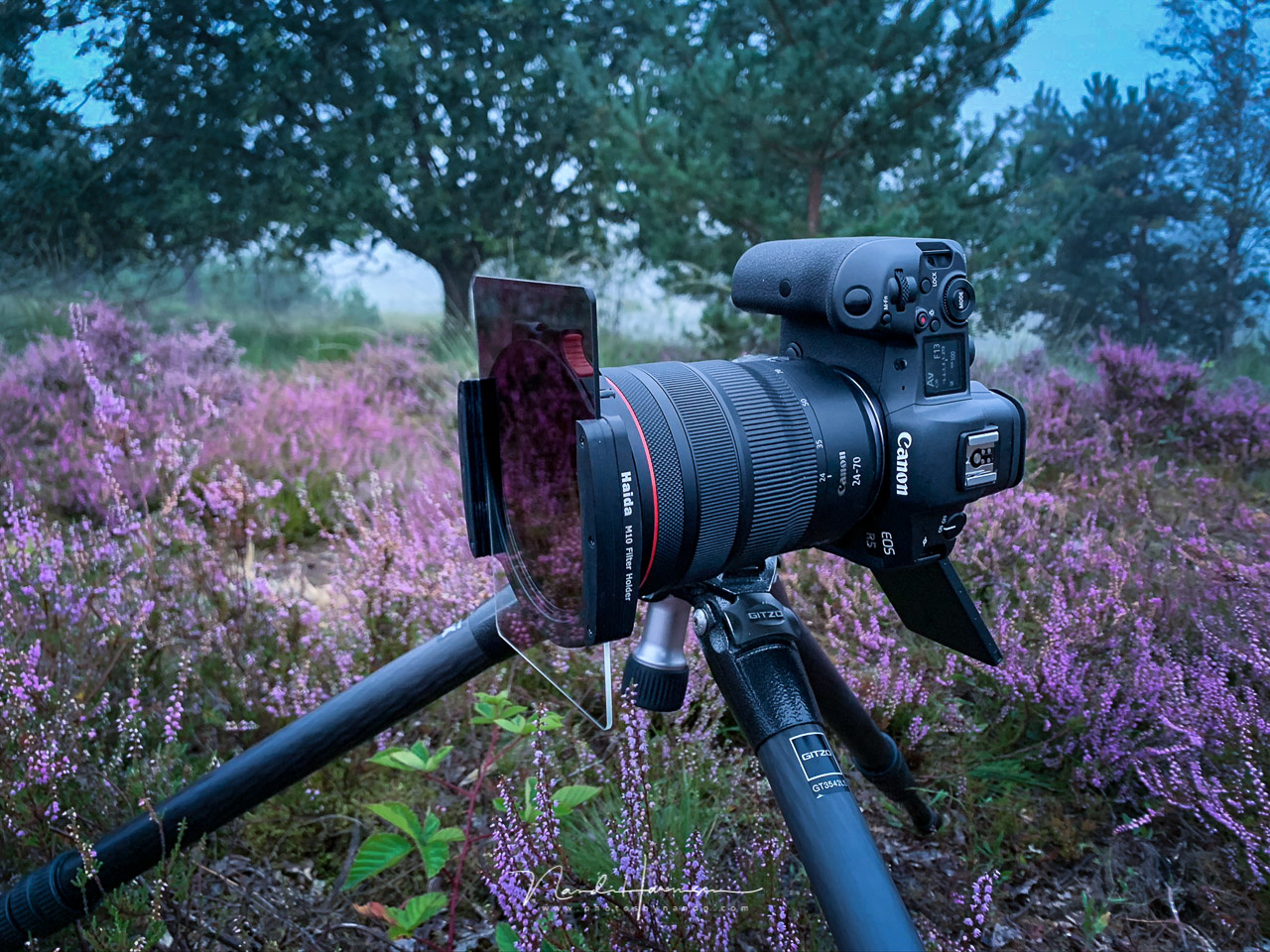




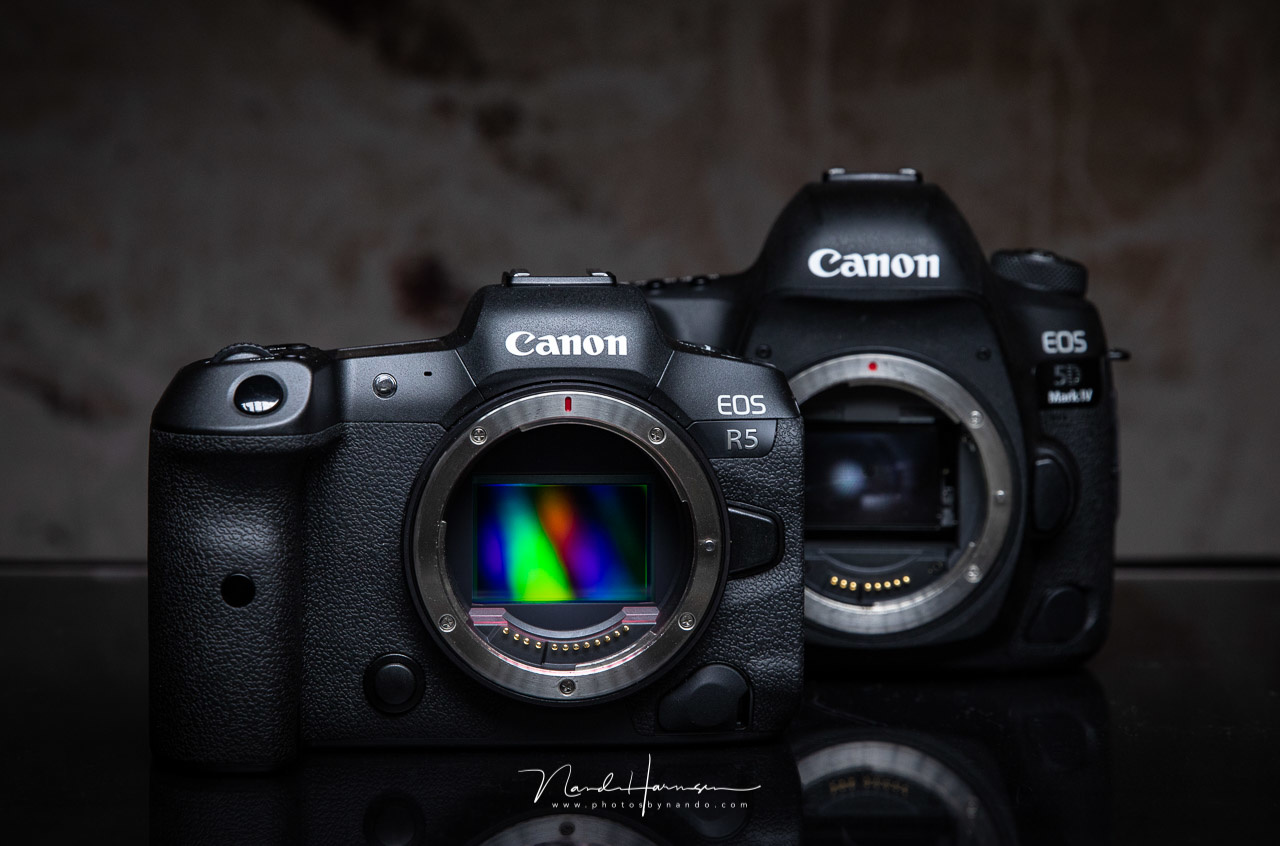
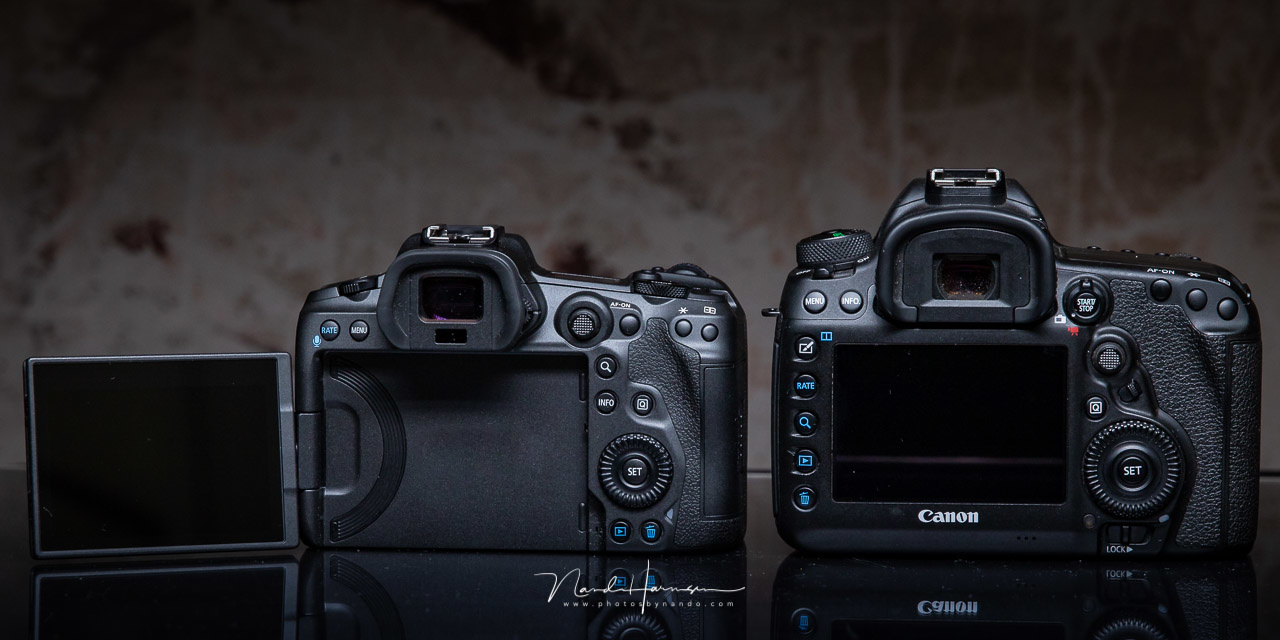










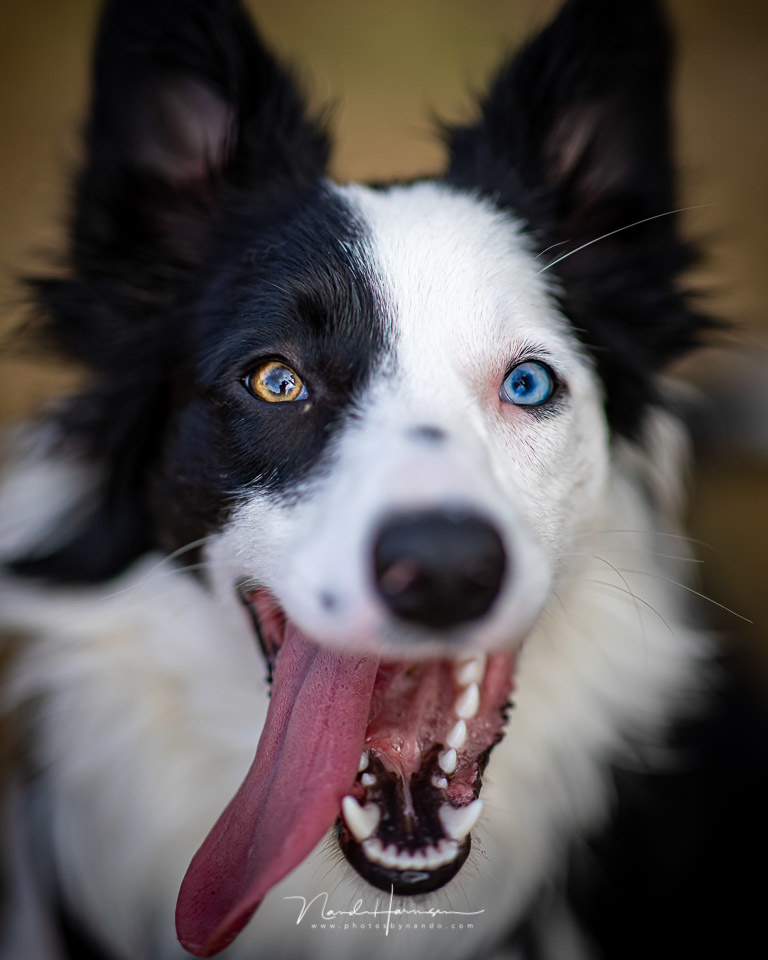
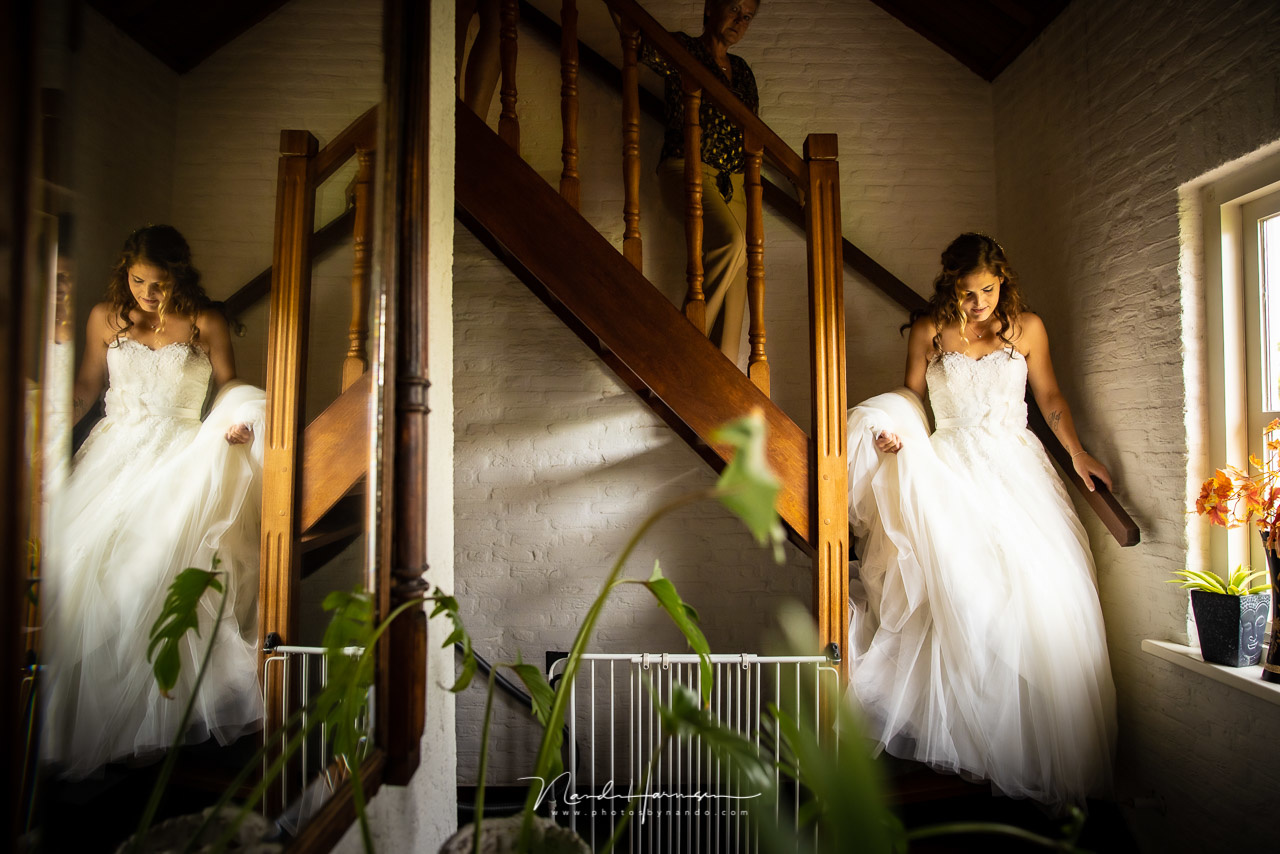


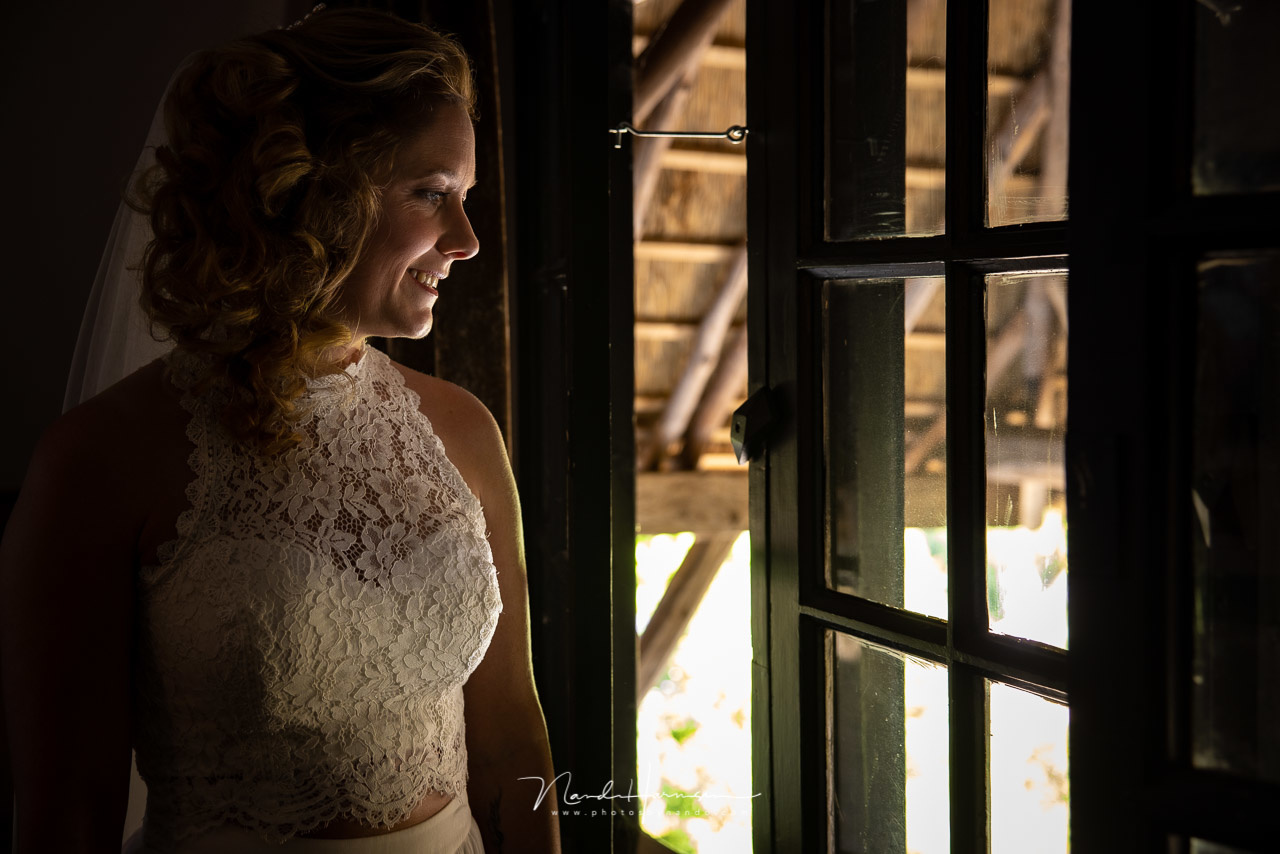
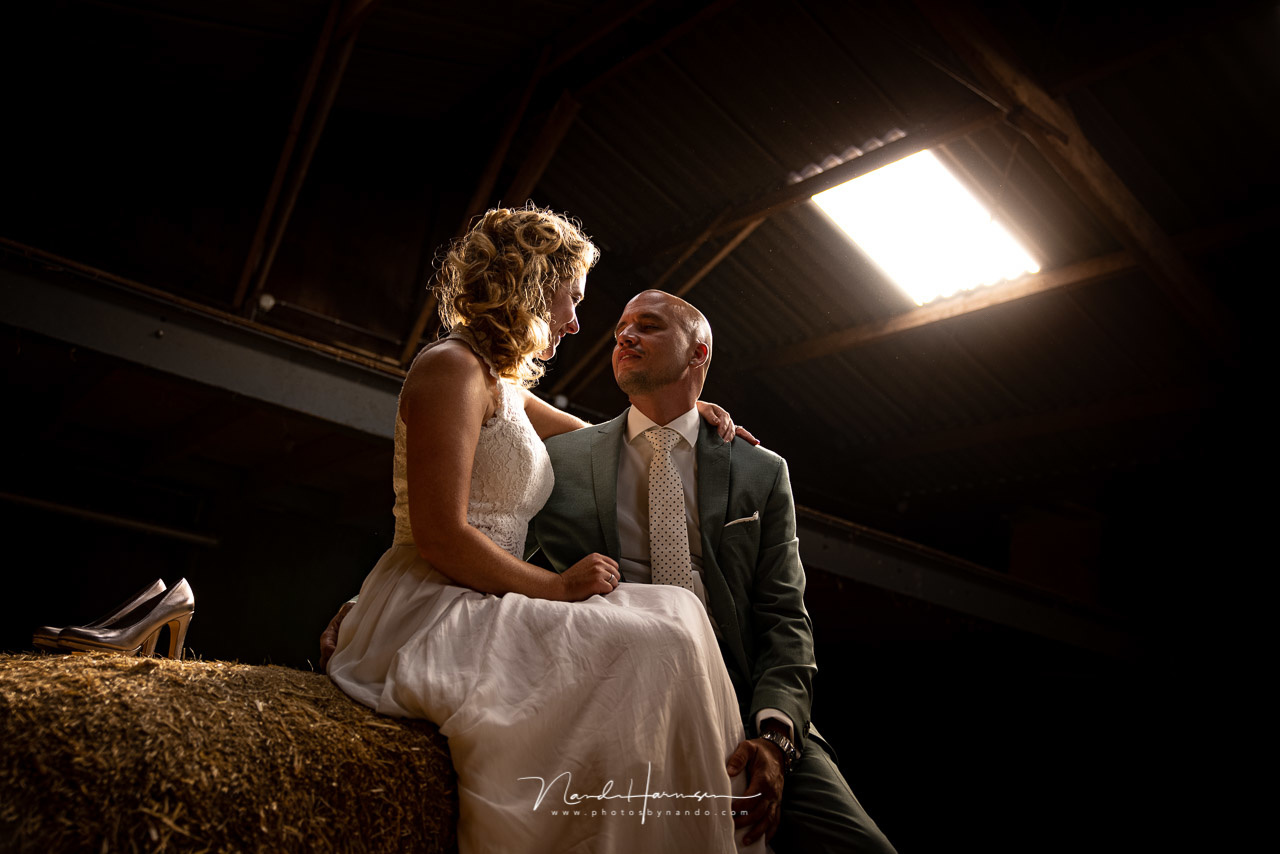

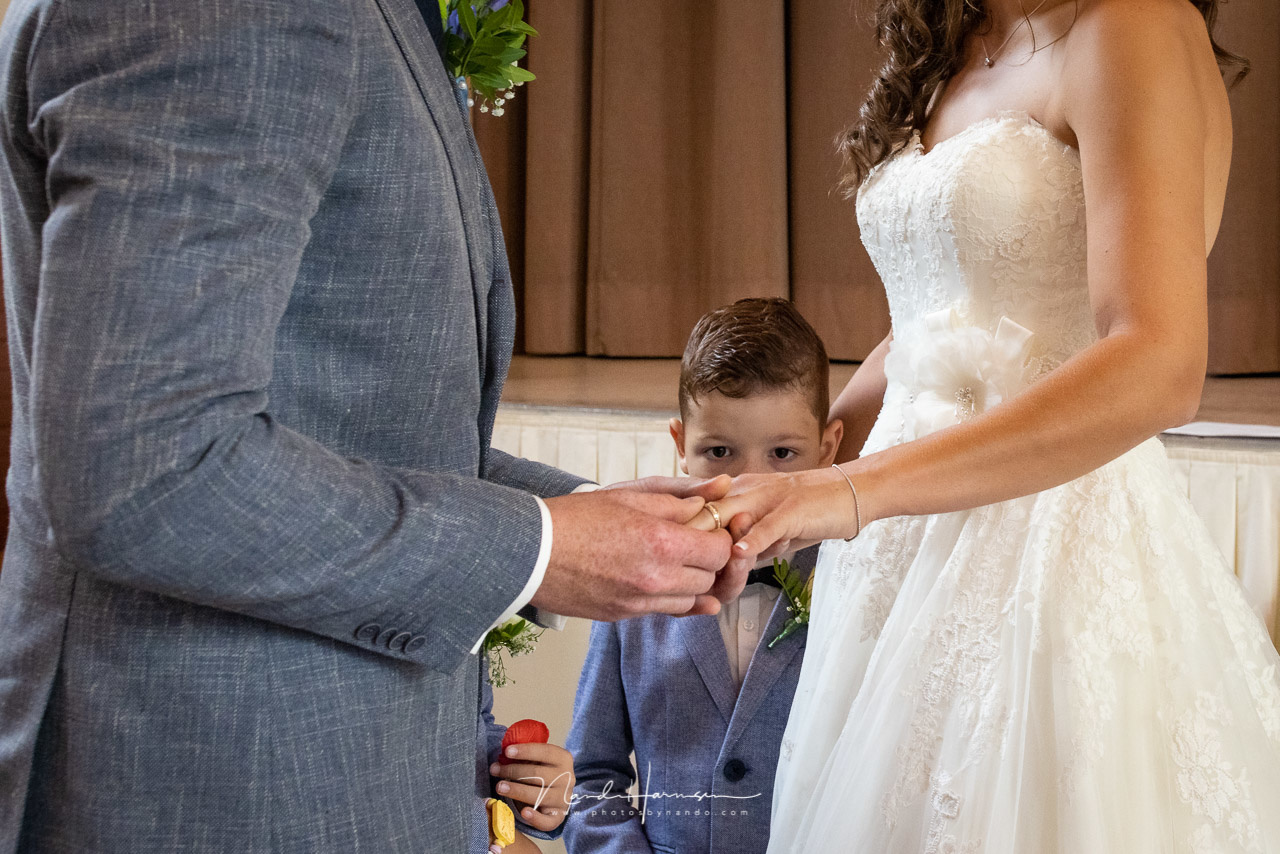







If they didn't include video, people would have burned the cmera to the ground.
Too bad you still can't get one. Adorama backordered since July and now they tell me probably November before they will ship.
Indeed. I am waiting also.
Perhaps a solution to the heat problem would be to design an adapter which could be added specifically to dissipate the heat when used in a manner which demands it. A cooling system which could be installed much like the older style motor drives. We are used to add devices such as microphones which do a better job than the internal ones. This could not be done with current models but in the future this might be worth considering.
Third-party companies are already designing fans for the R5 that mount where the screen flips out from and moves heat away from the body of the camera.
If video is the thing you do, you should buy a specialized video camera instead of a R5.
Thanks so much for this helpful review. And good news on focus peaking. If you use the depth of field preview button with focus peaking on, the peaking will show the depth of field. Tested it last night.
Thanks again.
Thank you, David. This is valuable information. Too bad I cannot see it for myself since I am still waiting for the delivery of this camera (yes, I bought one).
I had assigned the DOF button to sleep mode, to turn of the camera with a click of a button instead of turning off the camera itself. Perhaps I should switch it back to the DOF function..
Must. Leave. Credit. Card. In. Wallet.....
Thanks for the great review!
I can certainly see one of these in my future!
lol
I am getting tired of the excuse "I don't shoot video". If you are going to do a review, do a full review or get another job.
With such a huge number of R5 users who also don't do video, I think a stills-only review is quite appropriate.
Personally, I get the most out of a review when it is done by someone who uses the camera the way I would use it, which means stills only.
When someone flip-flops between shooting stills and shooting video, and does both over the course of a shoot, their use of video cannot help but to have some affect on their stills shooting.
I want to know that I am reading a review written by someone who is not switching modes and using menus that I won't use, either. And I also want to know how what affect heat has on stills shooting when no video is ever shot at all.
Panties in a wad because someone didn't review a camera like you wanted it to be reviewed? Good grief! I agree with Tom. Video reviews bore me, but I don't get all whiny when someone does a video review, I just don't watch it. See how simple that is?
Fantastic review and just like so many have said before me, great to see a review for photographers as lets face it most of us are more interested in stills anyway. I am primarily a landscape/Macro photographer and I am wondering if you have any thoughts Nando on the R5's noise in low light? I am going to Norway in March to (hopefully) photograph the Northern Lights but before then I was thinking about upgrading to the R5 if it will handle noise ok at about 3200 iso